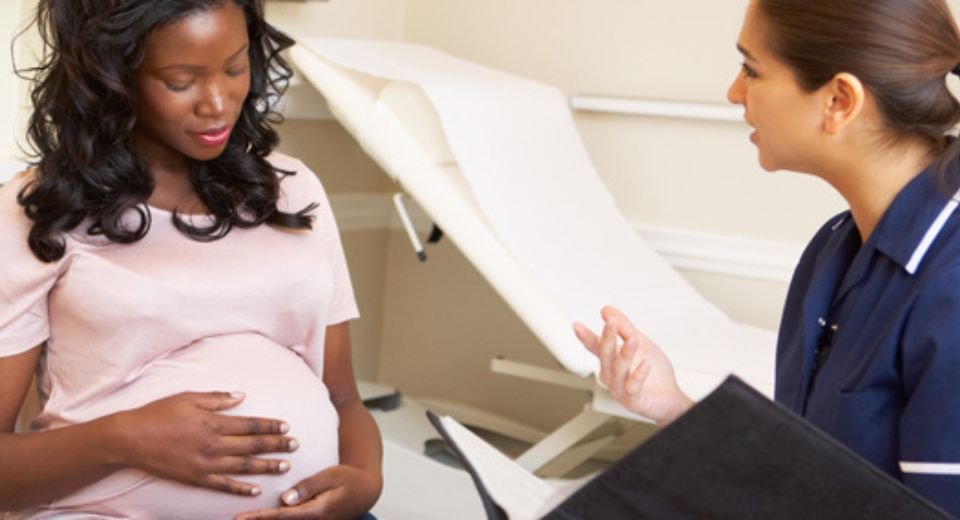HQ Team
April 9, 2025: The United Nations has warned that “unprecedented” global aid cuts could derail a three-year trend of a 40% decline in maternal deaths as one maternal death occurred every two minutes worldwide in 2023.
A UN report, Trends in maternal mortality, stated that the 40% decline in deaths between 2000 and 2023 was mainly due to improved access to essential health services. Still, the pace has slowed since 2016 and an estimated 260,000 women died in 2023 because of complications from pregnancy or childbirth.
“Humanitarian funding cuts are severely impacting essential health care in many parts of the world, forcing countries to roll back vital services for maternal, newborn and child health,” according to the report.
These cuts have led to facility closures and loss of health workers, while also disrupting supply chains for lifesaving supplies and medicines such as treatments for haemorrhage, pre-eclampsia and malaria – all leading causes of maternal deaths.
Without urgent action, the agencies warn that pregnant women in multiple countries will face severe repercussions – particularly those in humanitarian settings where maternal deaths are already alarmingly high.
Off-track
The world is currently off-track to meet the UN’s Sustainable Development Goal target for maternal survival. Globally, the maternal mortality ratio would need to fall by around 15% each year to meet the 2030 target – significantly increasing from current annual rates of decline of around 1.5%.
“While this report shows glimmers of hope, the data also highlights how dangerous pregnancy still is in much of the world today even though solutions exist to prevent and treat the complications that cause the vast majority of maternal deaths,” said Dr Tedros Adhanom Ghebreyesus, Director-General of the World Health Organization.
“In addition to ensuring access to quality maternity care, it will be critical to strengthen the underlying health and reproductive rights of women and girls – factors that underpin their prospects of healthy outcomes during pregnancy and beyond.”
In 2021, an estimated 40,000 more women died due to pregnancy or childbirth – increasing to 322,000 from 282,000 the previous year. This upsurge was linked to direct complications caused by Covid-19 and to widespread interruptions to maternity services.
Inequalities
“When a mother dies in pregnancy or childbirth, her baby’s life is also at risk. Too often, both are lost to causes we know how to prevent,” said UNICEF Executive Director Catherine Russell.
“Global funding cuts to health services are putting more pregnant women at risk, especially in the most fragile settings, by limiting their access to essential care during pregnancy and the support they need when giving birth. The world must urgently invest in midwives, nurses, and community health workers to ensure every mother and baby has a chance to survive and thrive.”
Persistent inequalities existed between regions and countries and so was the progress. With maternal mortality declining by around 40% between 2000 and 2023, sub-Saharan Africa achieved significant gains — and was one of just three UN regions alongside Australia and New Zealand and Central and Southern Asia to see a steep decline after 2015.
Conflict
The sub-Saharan Africa region still counted for approximately 70% of the global burden of maternal deaths in 2023 due to high rates of poverty and multiple conflicts.
Nearly two-thirds of global maternal deaths now occur in countries affected by fragility or conflict.
“Access to quality maternal health services is a right, not a privilege, and we all share the urgent responsibility to build well-resourced health systems that safeguard the life of every pregnant woman and newborn,” said Dr Natalia Kanem, UNFPA’s Executive Director.
“By boosting supply chains, the midwifery workforce, and the disaggregated data needed to pinpoint those most at risk, we can and must end the tragedy of preventable maternal deaths and their enormous toll on families and societies.”








